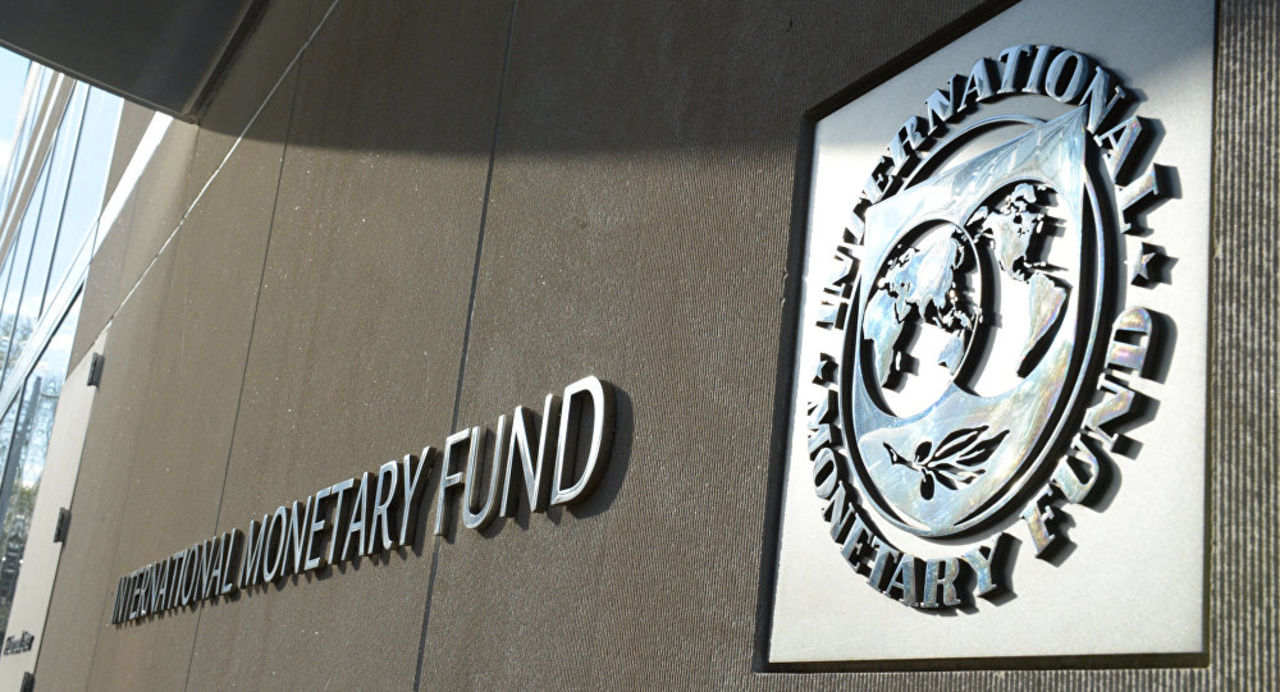Join Our Telegram channel to stay up to date on breaking news coverage
The digital asset sector has recorded massive growth over the past few years. However, within this time, there have been concerns over the energy consumption of proof-of-work consensus networks like Bitcoin.
A study by the International Monetary Fund focused on the energy consumption of digital currencies. The study assessed the benefits of the design choices present in the cryptocurrency sector to create a mainstream payment system that is environmental-friendly.
IMF recommends an environmental-friendly crypto ecosystem
The IMF study titled “Digital Currencies and Energy Consumption” has examined the energy consumed by cryptocurrency assets depending on their design to assess the ideal way of creating a central bank digital currency (CBDC).
The IMF study has mainly focused on the groundwork for policy issues surrounding the effects of digital currencies on the environment. The IMF has also recommended that networks switch from a proof-of-work consensus to distributed ledger technologies that do not damage the environment.
Your capital is at risk.
“In particular, Bitcoin, the best known application of this type, is estimated to consume much energy (about 144 TWh [terawatt-hours] per year. Although scalability solutions reduce the energy cost per transaction, they do not reduce the overall energy spending,” the IMF said.
The IMF also said that non-PoW mechanisms came with a high level of energy efficiency. These non-PoW models also consume better energy levels than the traditional financial sector.
“The potential of non-PoW permissioned crypto assets to reduce energy consumption relative to the existing payment system comes about from energy savings on both core processing architectures, and user payment means,” the IMF added.
CBDCs should also be eco-friendly
The IMF also talked about the design of CBDCs, saying that it should be primarily focused on environmental friendliness. This will depend on choosing platforms, software, and hardware designs. These systems should have “a lower carbon footprint than the central banks’ legacy systems.”
The IMF also recommended that CBDCs have other notable features like high resilience, compliance, and a capability to operate offline. Policymakers should also assess the environmental impacts of the technologies used to design these CBDCs.
The estimations by the IMF say that the annual energy consumption of the global payment systems is estimated at 47.3 TWh. This is around the annual energy consumption of entire countries like Portugal and Bangladesh.
Blockchain projects have also been mobilizing to maintain the environmental-friendliness of the blockchain sector. The Iota Foundation has collaborated with Dell Technologies to create a real-time carbon footprint tracking system.
Read more:
Join Our Telegram channel to stay up to date on breaking news coverage


